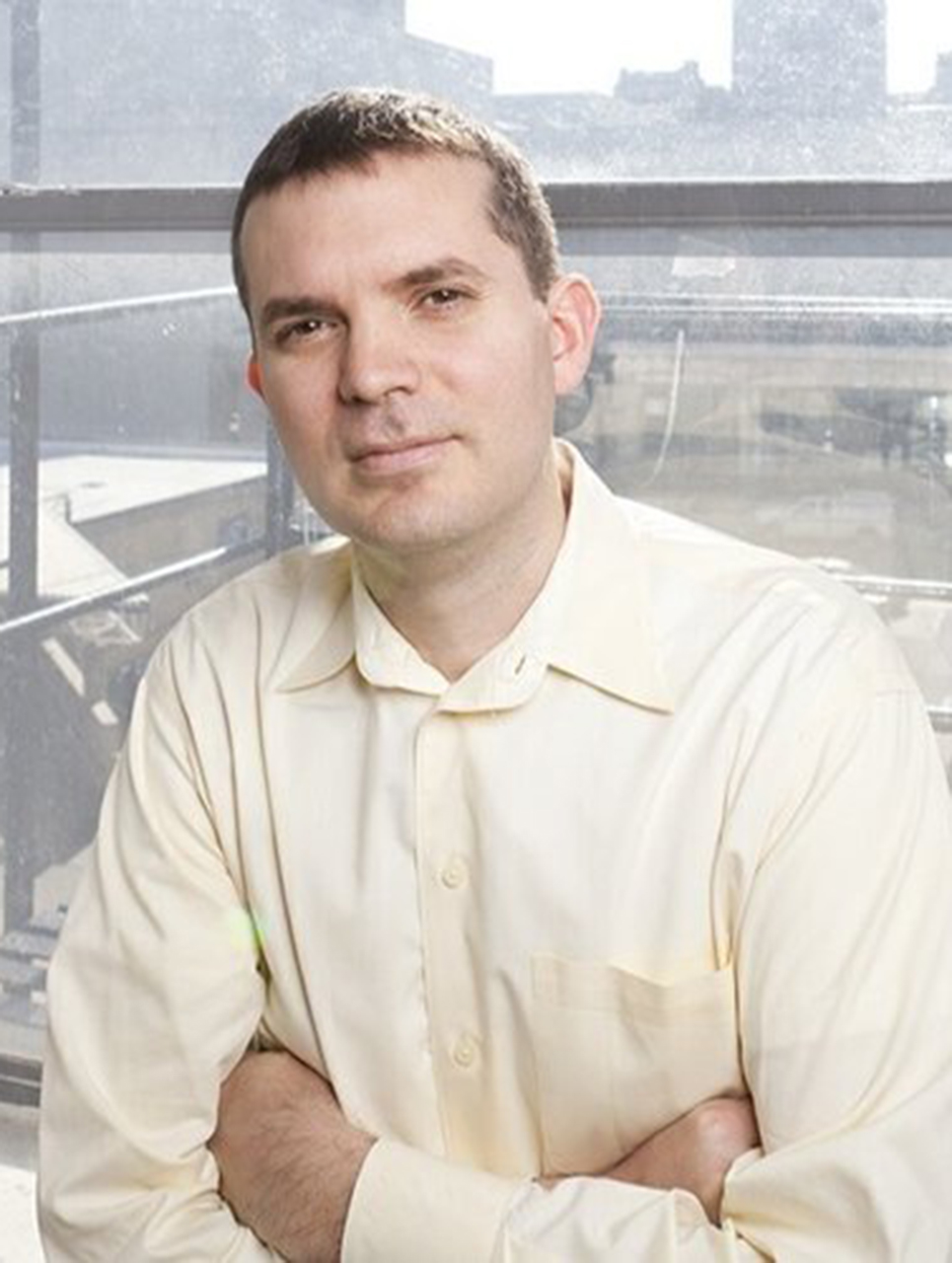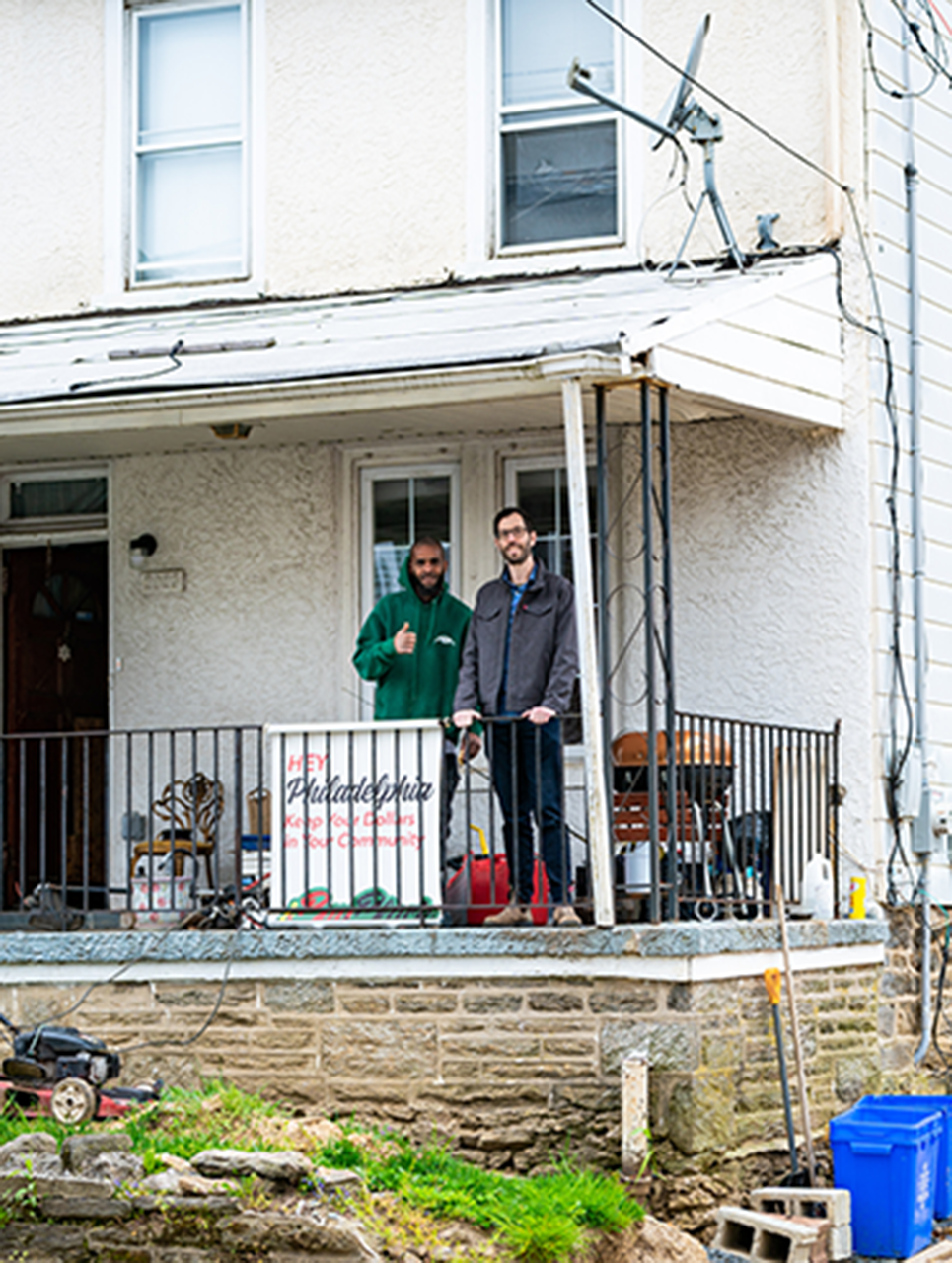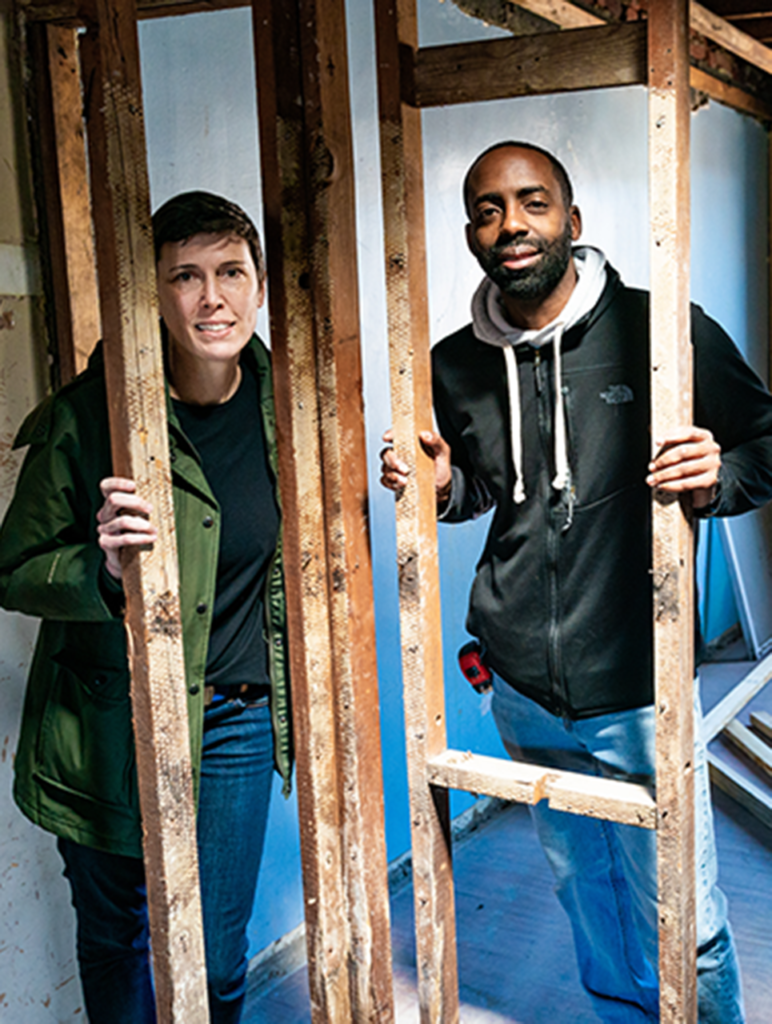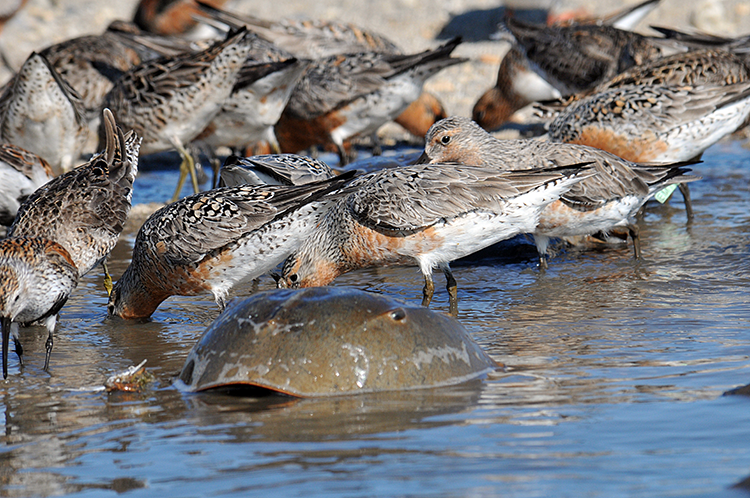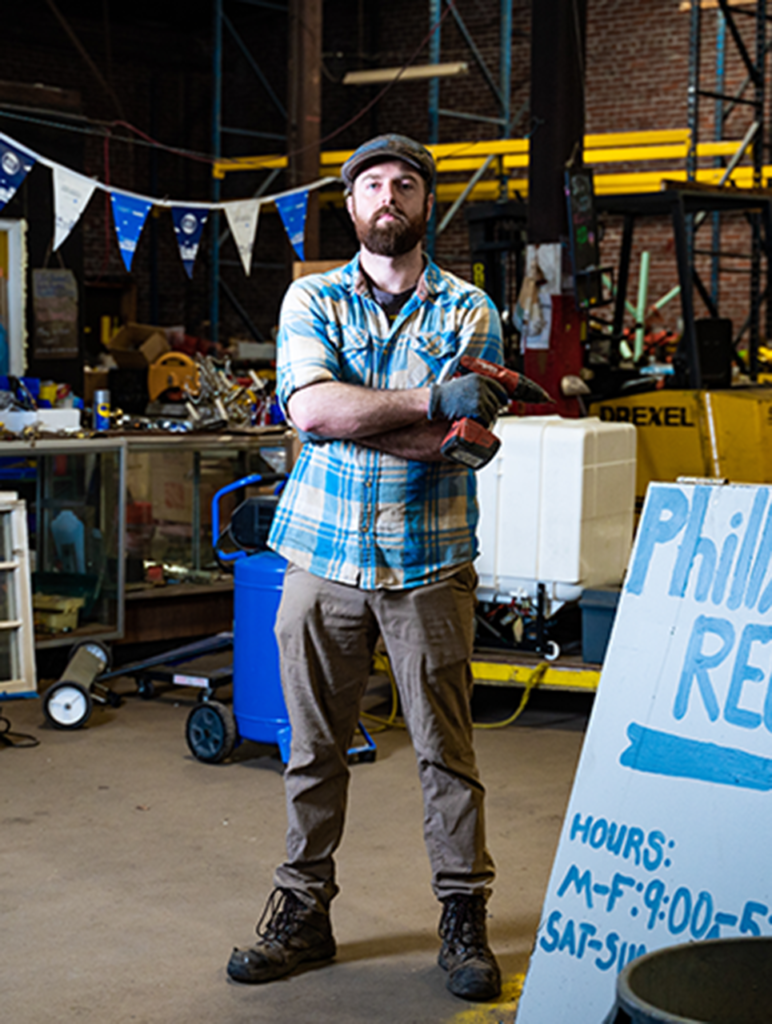The City of Philadelphia is not serious about climate change. Yet many people who work for the city are incredibly serious about it. They are dedicated, talented and passionate civil servants. Leadership, on the other hand, is lacking. The result is a mishmash of positive programs trying to methodically tackle the challenges we face colliding with massive, ill-advised, shortsighted development diametrically opposed to the city’s own stated goals.
So many people were appalled at the deforestation perpetrated with the blessing of Parks & Recreation—and the mayor—by the Cobbs Creek Foundation. If you have visited the site or seen pictures, you recognize it for what it is: a crime scene. Witnesses to the destruction wondered: surely, this can’t be legal?
This month, on the heels of yet more wanton destruction of trees for yet another golf course, this time by the scofflaw plutocrats of the Union League of Philadelphia, Bernard Brown explores the city’s laws protecting trees. His conclusion: the loopholes are so big you can drive a logging truck through them.
For example, an owner or developer of a single-family lot is allowed to cut down a heritage tree (one that is equal to or greater than two feet around at chest height) without any permit or plans to replace it. On the other hand, an owner of a commercial property, like an apartment complex or office building, would generally not be allowed to cut down such a tree without a permit and a replacement plan.
The shocking law—or lack thereof, really—is for land designated for “recreation,” which is what all of the city’s parks are. On those lands, the trees have no protection. Developers don’t even need to plant replacement trees. The forest felled at the Cobbs Creek Golf Course was totally unprotected.
If you illegally cut down trees, like the Union League did, you will probably go unpunished. The Department of Licenses and Inspections (L&I), who enforces the rules, does not have an arborist on staff. If all they see when they visit is a stump, they are stumped, and no violation is issued.
The 2018 Tree Canopy Assessment, published by the city, says that while planting trees is a process, cutting one down is an event. I’m sure the Philly Tree Plan, due out next month, will be ambitious and forward thinking. How does that square with the Cobbs Creek clearcutting?
The mindset that it’s more cost effective to cut down and start anew is no different in our built environment than it is in our natural environment.
When it comes to buildings, even the greenest of architects, such as Scott Kelly at Re:Vision, feel a pang of regret when they create the coolest, most energy-efficient buildings, because once you start using new materials, you have an energy deficit.
The city has 600,000 single-family homes, according to Christine Knapp, director of the Office of Sustainability. Much of that housing stock is in desperate need of improvement, and all of it could be more energy efficient. Engineers, architects and contractors could and should be working around the clock to tighten up our buildings so that we can sustainably work with what we have rather than demolishing for a “clean slate.”
How we take care of our trees and our housing now will have an outsize impact on what Philadelphia is like in the decades to come. It’s time to empower the civil servants who know this to be true, and to hold accountable the public officials who fail to lead.

Editor-in-Chief
alex@gridphilly.com


